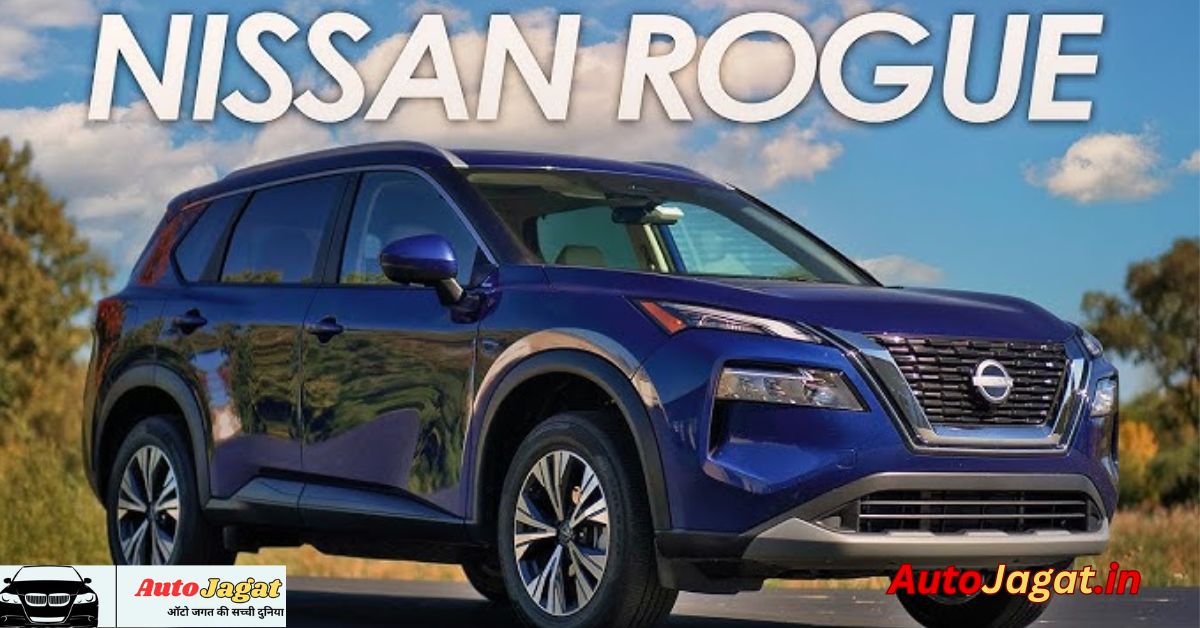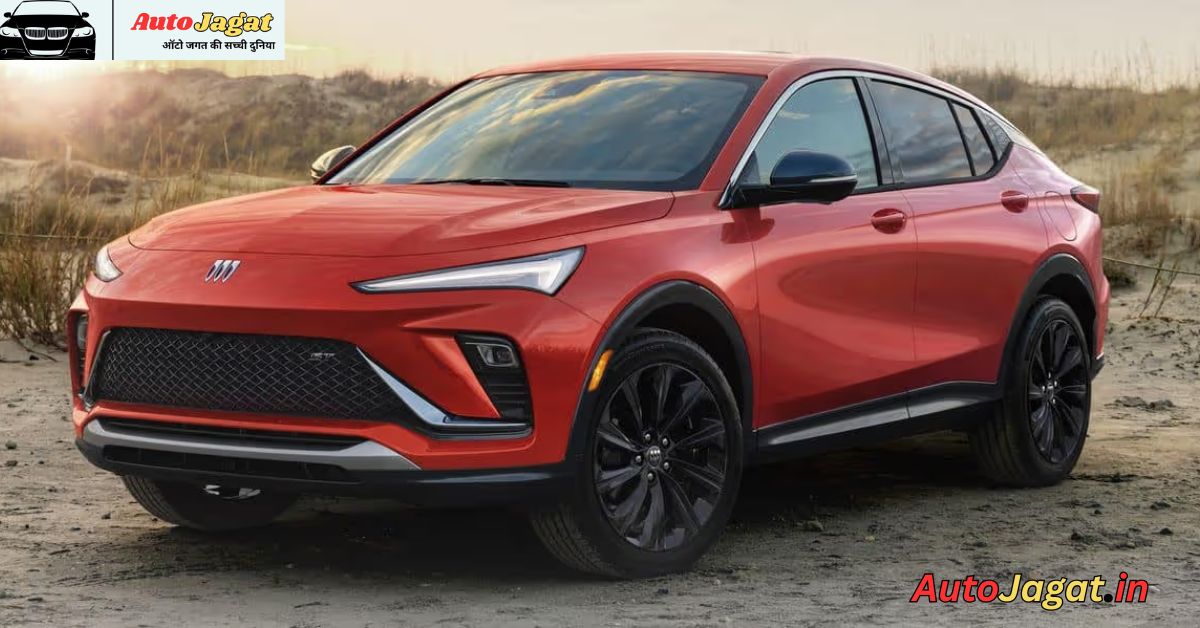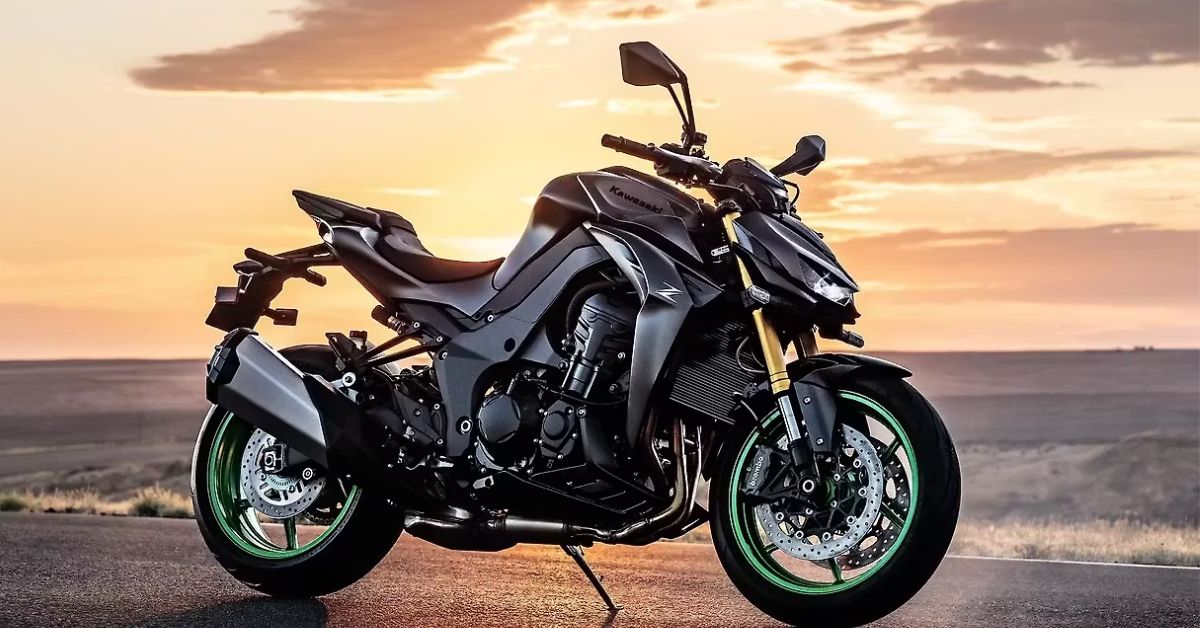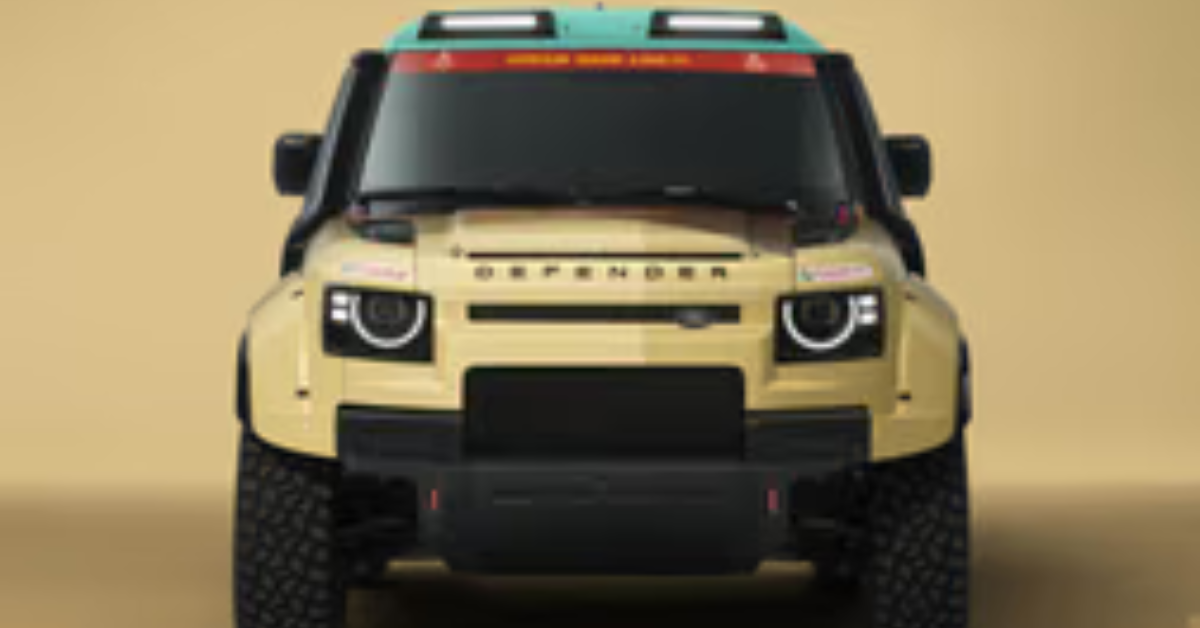When it comes to compact SUVs, the Nissan Rogue has become a staple in the North American market. With its family-friendly features, fuel efficiency, and modern design, it continues to be a strong contender in its segment. However, what many people in the U.S. and Canada may not know is that the Rogue has a near-identical twin sold in other parts of the world, particularly in Japan and Europe — the Nissan X-Trail.
So what makes the Nissan X-Trail the Rogue’s Japanese twin? Let’s dive into the similarities, differences, and the unique appeal of the X-Trail around the globe.
The Shared DNA: Rogue and X-Trail
Nissan developed the Rogue and X-Trail on the same CMF-C/D platform, which is part of the Renault-Nissan-Mitsubishi Alliance’s modular architecture. This platform allows flexibility in vehicle design while maintaining a shared structure and components — making the two SUVs virtually identical under the skin.
In fact, the current generation of the Rogue (introduced in North America for the 2021 model year) and the global version of the X-Trail (launched shortly after) are mechanically the same. They share powertrains, chassis tuning, interior layout, safety features, and even design cues.
When you line them up side-by-side, the exterior styling is nearly identical. Both models feature the bold V-motion grille, sleek LED headlights, floating roofline, and muscular stance that give them a refined yet sporty presence on the road.
Key Differences in Styling and Features
While the X-Trail and Rogue may be twins, they’re not completely indistinguishable. Nissan tailors each SUV to the specific tastes and expectations of their target markets.
For example, the X-Trail in Japan and Europe may feature slightly different trim packages, paint options, and available features that cater to those regions. Some versions of the X-Trail offer e-POWER, Nissan’s innovative hybrid powertrain that combines an electric motor drive with a gasoline engine acting as a generator. This system is more common in Japanese and European markets where fuel efficiency and environmental concerns are top priorities.
In contrast, the North American Rogue sticks with more traditional internal combustion engines, such as the 2.5-liter inline-4 or the newer 1.5-liter VC-Turbo engine introduced in select trims. While efficient, they’re geared more toward the driving expectations of U.S. and Canadian consumers.
The interior tech may also differ slightly. For example, the Japanese X-Trail might offer more advanced integrations with local navigation systems, or features like heated rear seats and panoramic monitors, which are prioritized differently depending on the market.
Interior Comfort and Design
Step inside either vehicle, and you’ll find a near-identical layout. Both the Rogue and X-Trail are known for their “family-first” approach, offering generous interior space, intuitive technology, and high-quality materials throughout the cabin.
In both models, Nissan’s Zero Gravity seats provide comfort for long drives, while available options like a 12.3-inch digital display, head-up display, and wireless Apple CarPlay add a premium touch. The rear doors open nearly 90 degrees, making it easier to install child seats — a subtle but appreciated family-friendly feature.
Some X-Trail models also offer third-row seating in certain international markets, whereas the Rogue in North America is strictly a two-row SUV. This gives the X-Trail a slight edge for larger families or those needing occasional extra seating.
Safety and Technology
Whether you’re driving the Rogue or the X-Trail, you’re getting access to Nissan Safety Shield 360, which includes:
- Automatic Emergency Braking with Pedestrian Detection
- Blind Spot Warning
- Rear Cross Traffic Alert
- Lane Departure Warning
- High Beam Assist
- Rear Automatic Braking
Additionally, both vehicles can be equipped with ProPILOT Assist, Nissan’s semi-autonomous driving aid, which combines adaptive cruise control and lane-centering technology. In Japan, however, the X-Trail may offer ProPILOT 2.0, a more advanced version with hands-free highway driving capabilities — a feature that has not yet made its way into the North American Rogue lineup.
Which One is Better?
It’s hard to declare a clear winner between the Rogue and the X-Trail, as both vehicles cater to their respective markets exceptionally well. If you’re in North America, the Rogue is built to meet your driving habits, climate, and road conditions. Meanwhile, the X-Trail is better suited for the needs and preferences of drivers in Japan, Europe, and other international markets.
What’s fascinating is how Nissan manages to adapt a core product to different regions without losing its essence. Whether it’s called the Rogue or the X-Trail, the vehicle delivers on its promise: practical, reliable, and modern family transportation.
Final Thoughts
In the global automotive landscape, it’s not uncommon for vehicles to have different names and slight tweaks depending on the market. But few examples are as closely related — and as globally significant — as the Nissan Rogue and the Nissan X-Trail. With shared DNA and distinct personalities, these “twins” showcase how global car design can be both universal and locally tuned.

Hello, my name is Himanshu Kumar and I am an experienced Digital Marketer. I have been blogging for the last 4 years and I have special interest in SEO. Here I give you easy bikes and writes easy-to-understand reviews and news about the latest bikes, helping readers choose the best options.. My aim is to always provide you with accurate, new and useful information.





